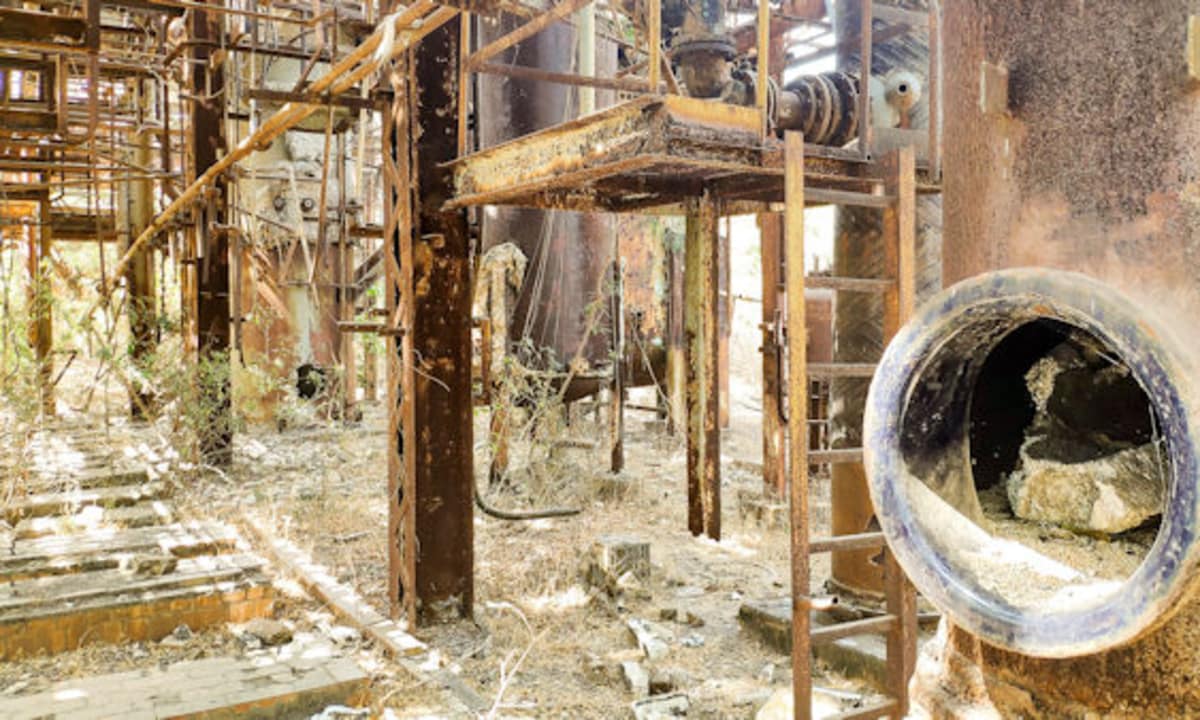
The U.S. Environmental Protection Agency is proposing to update it’s rules surrounding ‘Risk Management Plans’ for hazardous chemical facilities, a change that may increase public awareness of unsafe or hazardous factories or chemical facilities in local neighbourhoods, the Society of Environmental Journalists announced last month.
The EPA held two public listening sessions earlier this summer, on June 16th and July 13th, pending their review of a key chemical safety rule relating to Risk Management Plans (RMPs). The origin of RMPs can be traced back to the Bhopal disaster of 1984, when deadly methyl isocyanate gas leaked from a Union Carbide factory over the city of Bhopal, killing thousands overnight and injuring nearly half a million more. Since Union Carbide were a U.S. corporation, the disaster prompted U.S. Congress to pass the Emergency Planning and Community Right-to-Know Act (EPCRA), in 1986. The idea was to ensure corporations provided communities located near their chemical facilities with essential information about potential risks to their health or safety. They supplemented this in 1990 with a law ordering chemical plants to put in place plans for preventing, and responding to, potential accidents or disasters on site.
However, following the 9/11 attacks in 2001, Congress became concerned that public information about chemical plants and facilities could be used by terrorists for potential attacks, and over the following decade much of the responsibility for safety at chemical facilities was taken away from the EPA and handed over the The Department for Homeland Security. The result was a much more secretive approach to on site management and safety standards, one focussed more on security from outside threats than actual safety standards at the plants themselves or the risks they present to surrounding communities. Facilities were made responsible for their own safety standards, and were simply required to submit reports to the Department of Homeland Security if carrying quantities of hazardous chemicals that surpassed a certain threshold. This policy of allowing companies to self-regulate on safety standards has become the global norm, with any reports that are submitted to regulators kept from public view. The result is that many communities are completely unaware of the risks posed to their health by nearby chemical facilities or factories.
However, according to the Society for Environmental Journalists, information regarding quantities of toxic chemicals or hazards at facilities is not impossible to find if you know where to look. Such information can be found, for example, on the EPA’s Toxics Release Inventory. The hope, however, is that the EPA’s decision to review the rules surrounding Risk Management Plans is a step toward not only increasing public information and awareness of dangerous chemical facilities, but also stepping up regulation to make the plants themselves safer. We hope that this represents a step in the right direction when it comes the prevention of future chemical disasters like Bhopal.


